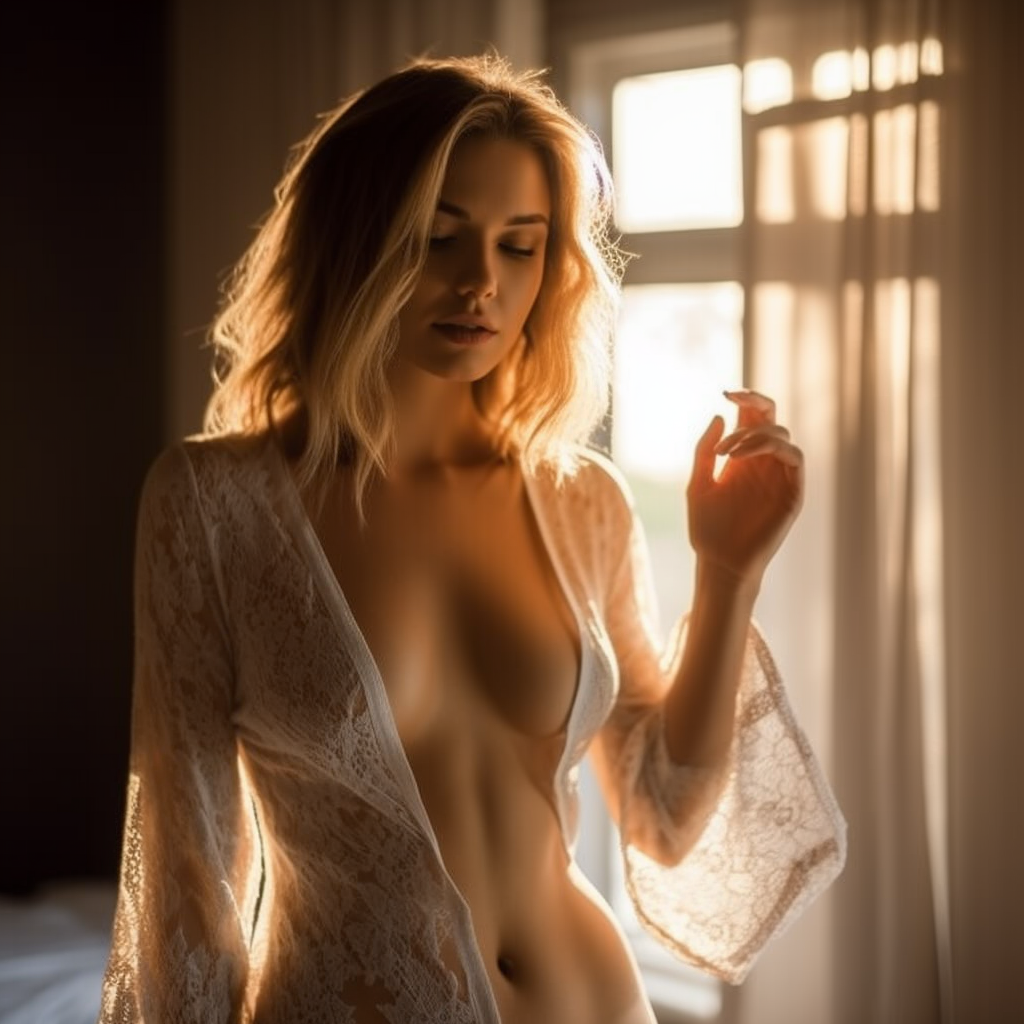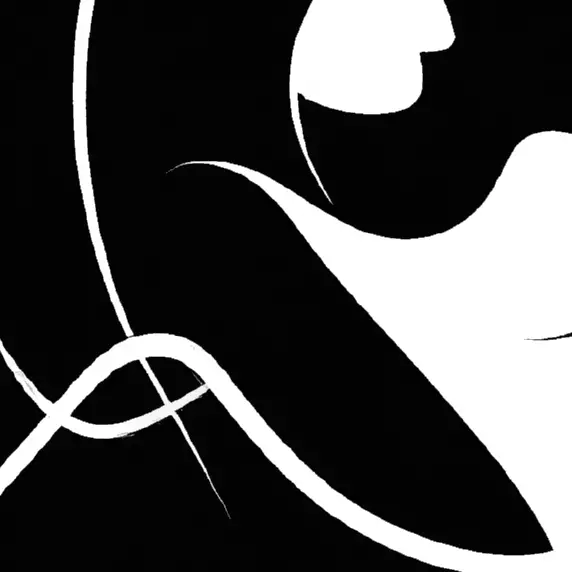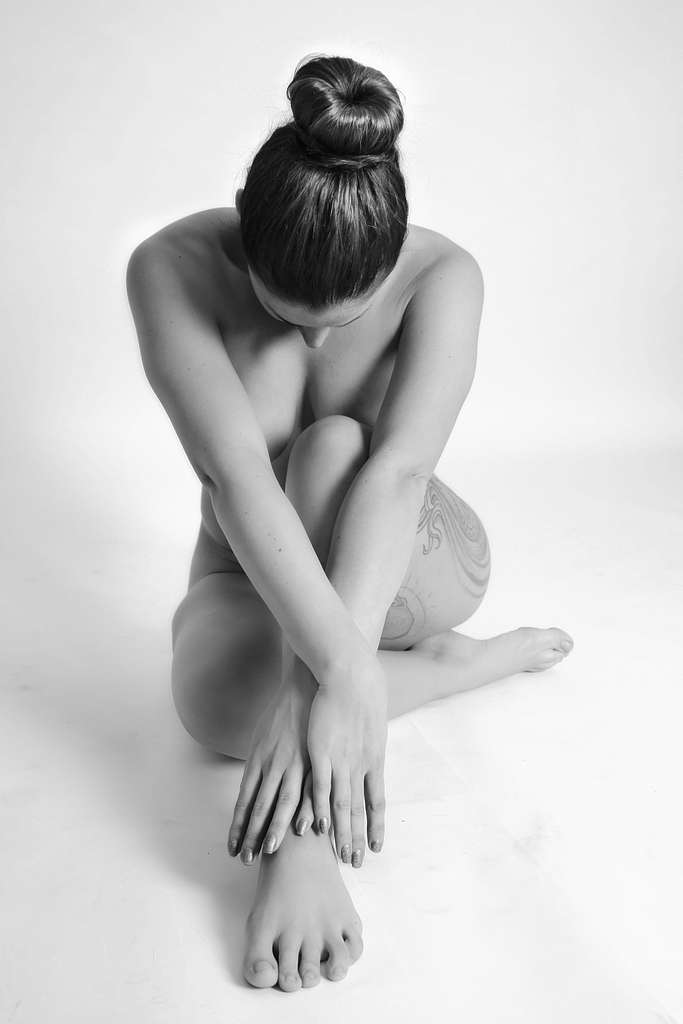Nude photography, a genre that has been both revered and reviled, has a rich history and deep cultural significance. As we delve into this world, we’ll explore its origins, its place in the art world, and the controversies it has sparked. For enthusiasts of boudoir photography, understanding the nuances of this photography genre is essential, and working out nude photography posing can really bring your photos to the next level.
A Brief History
Nude representations have been a part of art for millennia, from the Venus of Willendorf to the sculptures of ancient Greece. With the advent of photography in the 19th century, the human form began to be captured in a new, more immediate medium. Early nude photographs were often sold under the counter or used for artist studies.
Cultural Significance
Different cultures have varied reactions to nude photography and boudoir photography. In some, it’s seen as a pure form of artistic expression, while in others, it’s viewed as taboo or even immoral. The human body, in all its forms, has been a subject of fascination, reverence, and sometimes, censorship.
Pioneers of Nude Photography
Throughout history, several photographers have made significant contributions to this genre:
- Edward Weston: Known for his close-ups of the human body, Weston’s work is a testament to the beauty of form and shape.
- Helmut Newton: His provocative and often controversial style combined fashion with nude photography, creating powerful and unforgettable images.
- Ruth Bernhard: Her black and white compositions are a celebration of the female form, showcasing its elegance and grace.
The Fine Line Between Art and Exploitation
One of the major controversies surrounding this photographic art form is the line between art and exploitation. Ethical photographers prioritize consent and ensure their subjects are comfortable, posed well and respected. However, there have been instances where the line has been blurred, leading to debates about the genre’s integrity.

Nude Photography in the Modern Era
Today, with the rise of digital photography and social media, nude photography has found new platforms and new challenges. Platforms like Instagram have strict guidelines about nudity, leading to discussions about censorship and artistic freedom.
Boudoir Photography: A Subtle Art
Boudoir photography, a subset of nude photography, focuses on intimate, romantic, and sometimes erotic images. It’s about empowerment. It’s about celebration, and self-expression. While it often includes nudity, it’s more about suggestion and allure than explicitness.
The Future of Nude Photography
As society evolves, so does its relationship with art. Nude photography, as a form of expression, will continue to adapt and change. It remains a testament to the human form, capturing vulnerability, strength, and beauty in its rawest forms.

